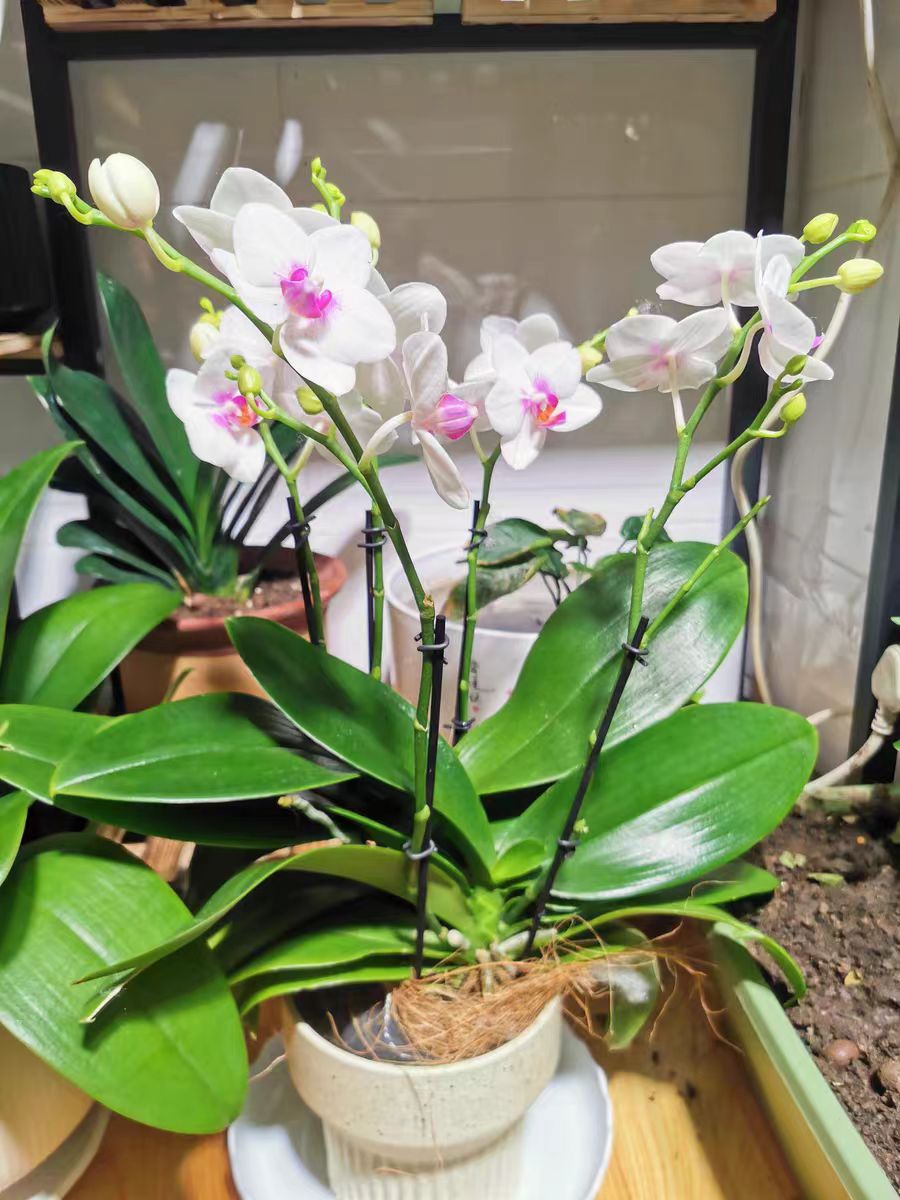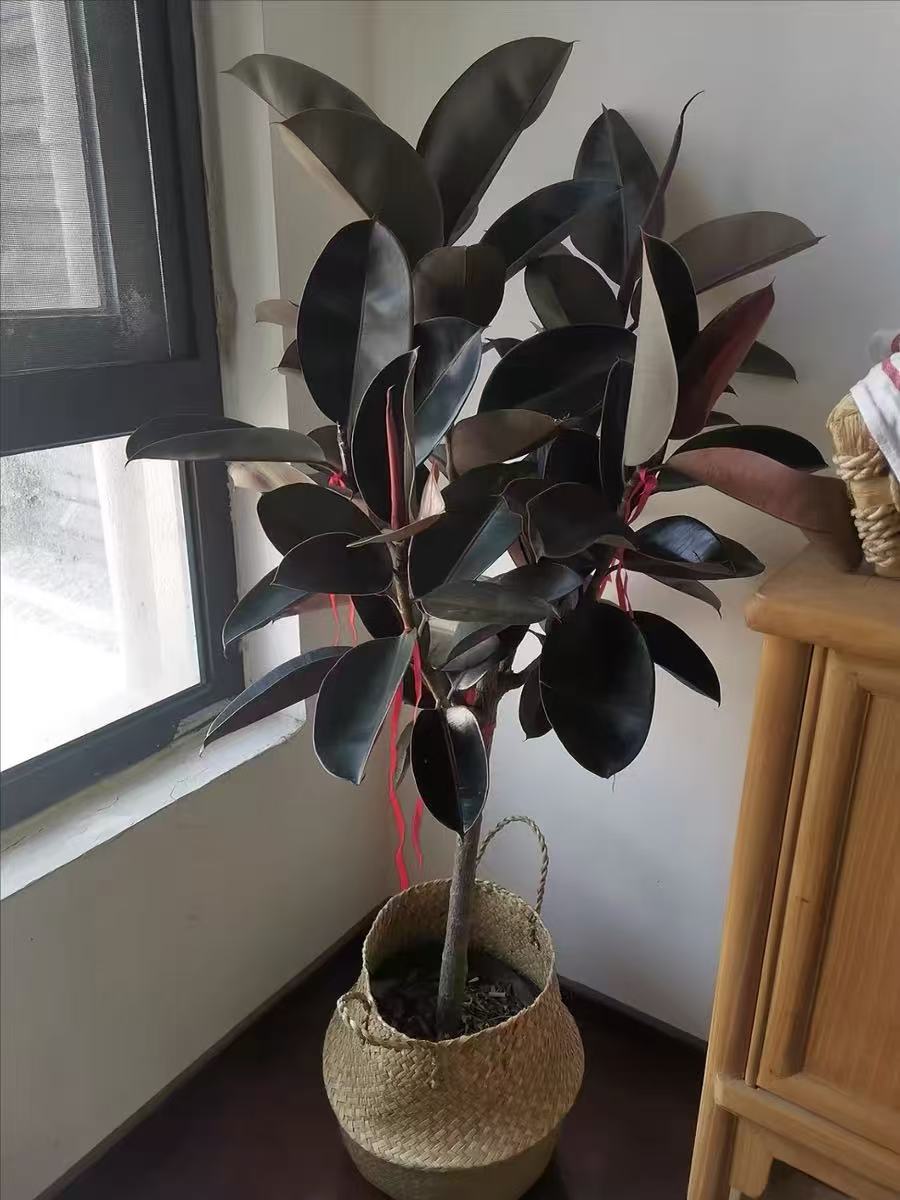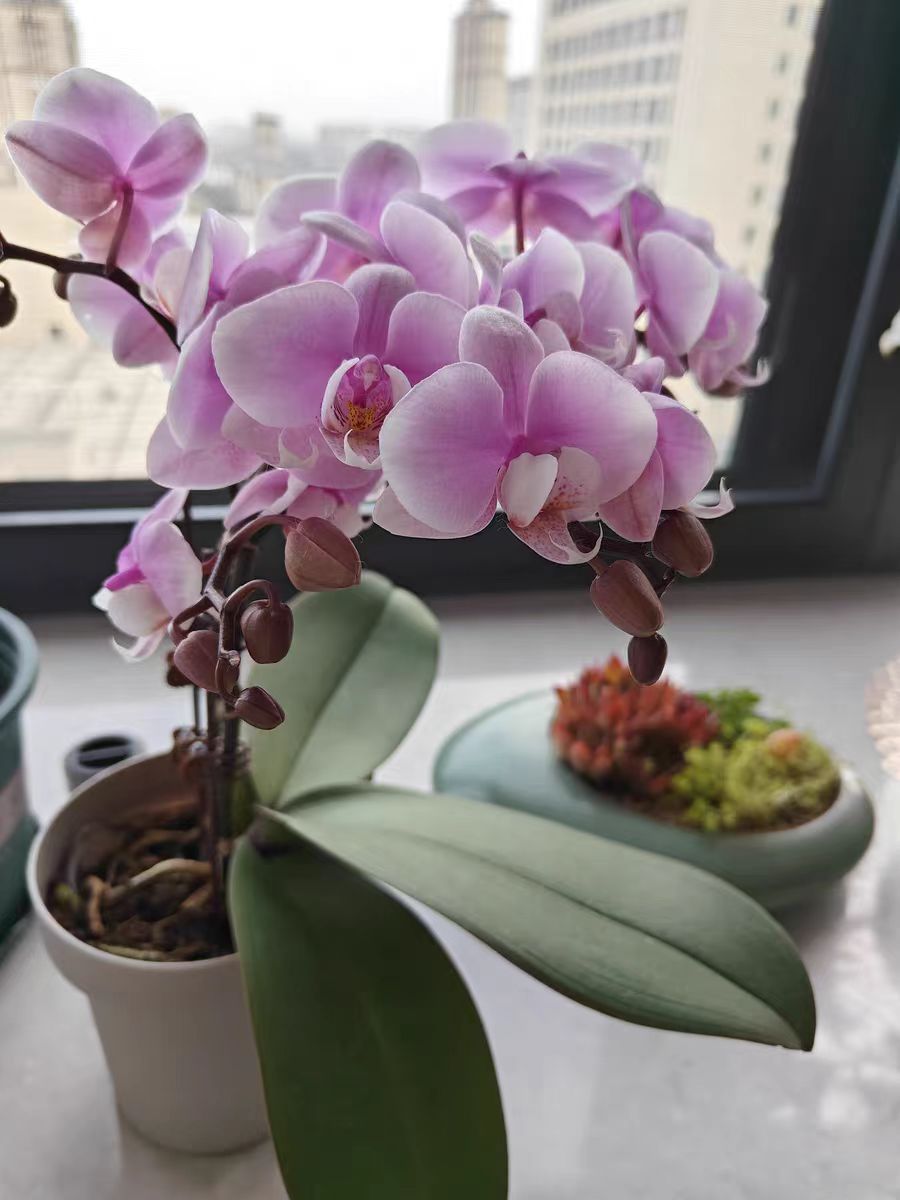Caring for Phalaenopsis is not an easy task, especially when it comes to disinfection and root care after pruning. A slight oversight can affect the health of the plant. The following introduces the disinfection methods and root care techniques after pruning Phalaenopsis, helping flower lovers better care for their beloved Phalaenopsis.
Disinfection Methods after Pruning Phalaenopsis:
Root Pruning: Pruning is an important part of Phalaenopsis care. When the roots show signs of aging, rotting, or yellowing, pruning should be carried out in a timely manner. Before pruning, carefully take the Phalaenopsis out of the flower pot, gently shake off the soil from the roots, and carefully observe the root condition. Use scissors disinfected with alcohol to cut off the aged, rotten, or blackened roots, leaving the healthy parts. When pruning, be sure to cut below the firm part to avoid injuring the healthy roots.
Choice of Disinfectants: After pruning, the roots need to be disinfected. Commonly used disinfectants include carbendazim, alcohol, hydrogen peroxide, hymexazol, etc. These disinfectants can effectively kill the bacteria on the roots and prevent pathogen infection.
Disinfection Steps: Put the pruned roots into the diluted disinfectant and let them stand for 1 - 2 hours. If using hydrogen peroxide or alcohol, the roots can be directly soaked for about half an hour. After disinfection, take out the roots and place them in a cool, ventilated place to dry until the wound curls slightly, and the roots turn white and soft.
Root Care after Pruning Phalaenopsis:
Repotting: After disinfection and drying, a new substrate needs to be selected for the Phalaenopsis and it should be repotted. The substrate should have good air permeability and water - retaining properties, such as sphagnum moss, bark, and coarse coconut husk. Before repotting, soak the substrate in boiling water first, then squeeze out the water after it cools. Then, wrap the roots of the Phalaenopsis with the substrate, fix the plant, and ensure that the roots are evenly distributed to prevent mutual extrusion.
Watering Control: After repotting, watering should be strictly controlled. Phalaenopsis likes a moist environment, but waterlogging in the pot can easily lead to root rot. Therefore, when watering, follow the principle of "watering when the soil is dry and soaking thoroughly", that is, water when the surface of the potting soil is dry, and water thoroughly each time. At the same time, place the Phalaenopsis in a well - ventilated place to promote the evaporation of the water in the potting soil.
Moderate Fertilization: After pruning, the roots of Phalaenopsis are damaged and their absorption capacity is weakened. Therefore, in the initial stage after pruning, avoid fertilizing to prevent overburdening the roots. After the roots recover, fertilize moderately to supplement nutrients. It is recommended to use special fertilizer for orchids and fertilize once every half a month to ensure the healthy growth of the plant.
Observation and Adjustment: After repotting, closely monitor the growth status of the Phalaenopsis. If symptoms such as yellowing leaves or black spots on the stem are found, check the roots in a timely manner and adjust the maintenance strategy according to the situation. If the symptoms are severe, immediately repot, prune the rotten roots, and disinfect them again.
Disinfection and root care after pruning Phalaenopsis are key links in the maintenance process. Through correct pruning, disinfection, and root care, it is possible to effectively prevent pathogen infection, promote root recovery and growth, and ensure the health and beauty of Phalaenopsis.
How to Disinfect Phalaenopsis Roots after Pruning?

Share with
Tagged in :




Leave a Reply